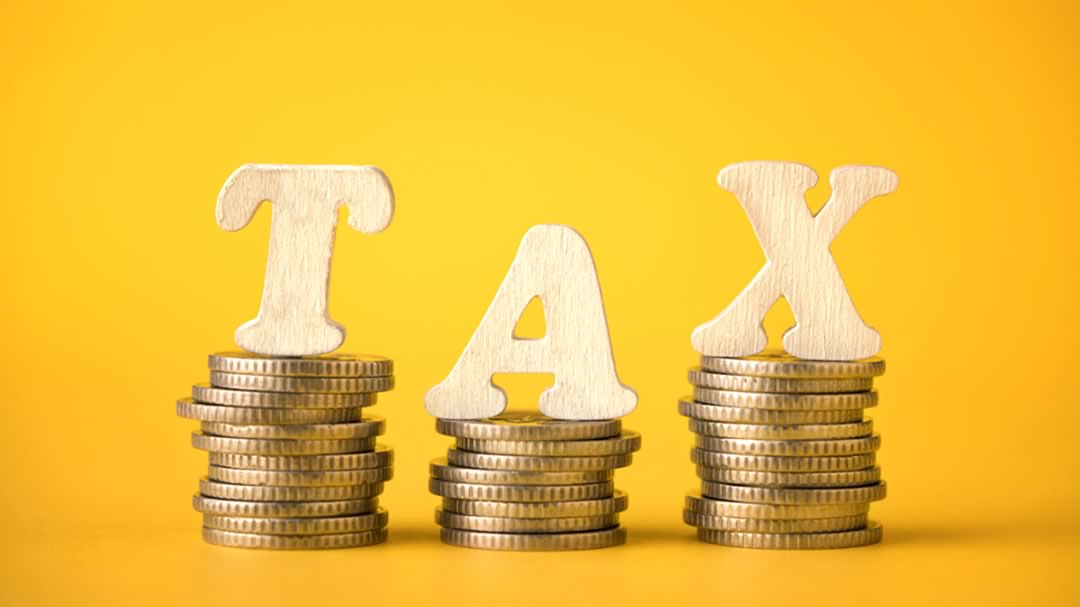Business and Individual Taxation
The confirmation of lucrative income tax cuts, and the scrapping of a tax offset for low and middle-income earners were the big-ticket items. That said, labor’s first federal Budget in nine years was as noteworthy for the changes it didn’t make as for those that it did. Unmentioned were current outstanding issues impacting the taxation of trusts, the long-awaited simplification of 7A, the future of business depreciation after this financial year and more.
Briefly the key taxation measures announced in the Budget are summarised as follows:
- Digital currencies not a foreign currency – the Budget Papers confirm that the government is to introduce legislation to clarify that digital currencies (such as Bitcoin) continue to be excluded from the Australian income tax treatment of foreign currency.
- COVID grants treated as NANE – the Budget Papers contain a listing of further State and Territory COVID-19 grant programs eligible for non-assessable, non-exempt treatment.
- LMITO axed – the government did not announce any extension of the low and middle-income tax offset (LMITO) to the 2022-23 income year. The LMITO has now ceased and been fully replaced by the less lucrative and less available low-income tax offset (LITO). The March 2022-23 Budget had increased the LMITO by $420 for the 2021-22 income year so that eligible individuals (with taxable incomes below $126,000) received a maximum LMITO up to $1,500 for 2021-22 (instead of the previous $1,080).
- No action – the government did not make any announcements around outstanding issues such as the long-awaited changes to Division 7A, reform to section 100A, the extension of both Temporary Full Expensing and loss carry-back (both due to expire at the end of June 2023), and implementation of the Board of Taxation’s recommendations around changes to the individual tax residency rules.
- Thin Cap – the current measures impose a restriction on the deductibility of foreign held debt under a balance sheet approach. The proposed Thin Cap measures will replace the safe harbour test with a new earnings-based test under which an entity’s debt-related deductions will be limited to 30% of profits (using EBITDA (earnings before interest, taxes, depreciation and amortization) as the measure of profit); allow deductions denied under the EBITDA test to be carried forward and claimed in a subsequent income year (up to 15 years) and replace the worldwide gearing test and allow an entity in a group to claim debt deductions up to the level of the worldwide group’s net interest expense as a share of earnings (which may exceed the 30% EBITDA ratio. These measures are proposed to commence on 1 July 2023.
- Share buy-backs – the government intends to align the tax treatment of off-market share buy-backs undertaken by listed public companies with the treatment of on-market share buy-backs. However, there is no detail in the Budget Papers nor in any associated media releases as to what precisely is intended.
- Depreciation of intangible assets – the government will not proceed with the proposal to allow taxpayers to self-assess the effective life of intangible depreciating assets. This is the reversal of the previously announced option to self-assess effective life for certain intangible assets (eg intellectual property and in-house software). The effective lives of such assets will continue to be set by statute.
- Individual tax rates – the Government did not announce any personal tax rates changes. The Stage 3 tax changes commence from 1 July 2024, as previously legislated. From 1 July 2024, Stage 3 will see the abolition of the current 37% tax bracket, lowering the existing 32.5% bracket to 30%, and raising the threshold for the top tax bracket from $180,001 to $200,001.
| Tax Rate | Thresholds in 2022-23 | Tax Rate | New thresholds in 2024-25 | |
|---|---|---|---|---|
| Nil | Up to $18,200 | Nil | Up to $18,200 | |
| 19% | $18,201-$45,000 | 19% | $18,201-$45,000 | |
| 32.5% | $45,001-$120,000 | 30% | $45,001-$200,000 | |
| 37% | $120,001-$180,000 | |||
| 45% | $180,001 and over | 45% | $200,001 and over |

